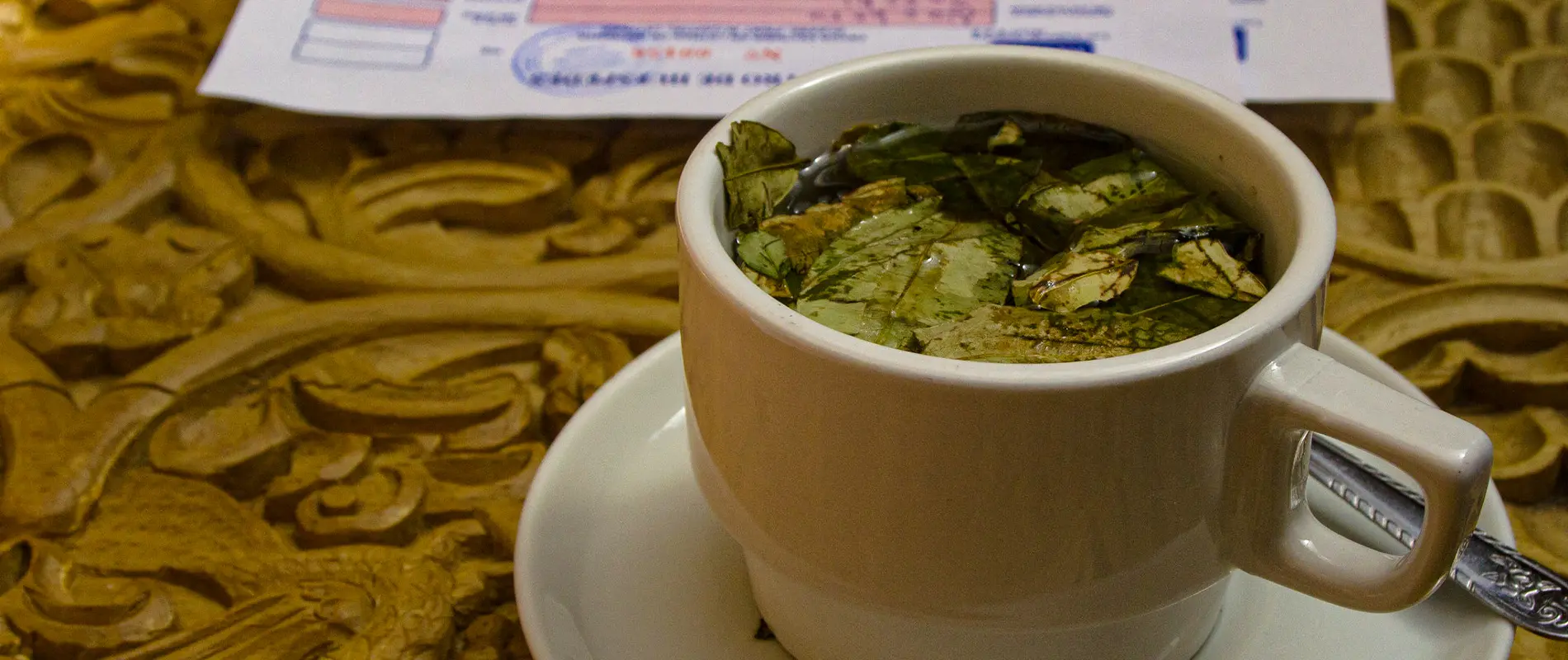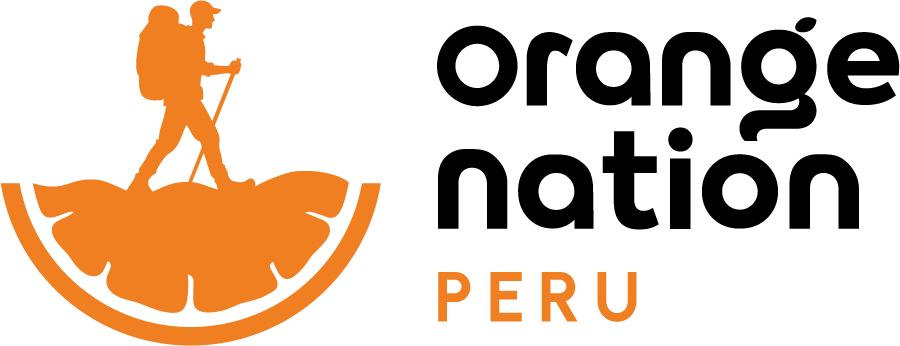Information about Altitude Sickness

Altitude sickness, also known as “Soroche”, is a condition experienced at high elevations.
It’s a good idea to prepare yourself properly to arrive at altitude. There is usually nothing to worry about, but taking the proper precautionary steps can only benefit you.
What is the altitude of Cusco & Machu Picchu?
Cusco is a city located in the Peruvian Andes at an altitude of 3,400 meters / 11,200 feet above sea level. Now, what about Machu Picchu? One could believe, at least from the photos, that we must climb even more to reach the Inca citadel located on the Andean foothills.
However, this archaeological complex has an elevation of 2,430 meters / 7,972 feet above sea level. More than 950 meters/3116 feet lower than Cusco! Because of this, altitude sickness at Machu Picchu is not very common, as you need to go to a higher elevation to get there in the first place.
What is the altitude of the Sacred Valley?
The Sacred Valley of the Incas is located 35 km from Cusco and about 600 meters below the level of the Imperial City of Cusco. These are the exact altitudes of the towns that make up the valley:
- Pisac: 2,980 meters / 9776 feet above sea level.
- Calca: 2,929 meters / 9609 feet above sea level.
- Urubamba: 2,870 meters / 9416 feet above sea level.
- Ollantaytambo: 2,850 meters / 9350 feet above sea level.
Not all the places in the same province have the same altitude. For example: the district of Chinchero, located in the province of Urubamba, has an average altitude of 3,754 meters / 12,316 feet above sea level.
Our Reviews
Discover why thousands of people around the world trust us to explore the best of Peru.
Jaffet hasan c
The guys were very efficient throughout the trip and attentive when we arrived at the campsite. The kitchen service was super delicious , the food quality and healthy, dishes suitable for people (vegans) and a buffet that has nothing to envy others.
Their kindness and efficiency are greatly appreciated for this journey to the Inca Way.
Written June 22, 2025
Friends
Glen
We had a great experience doing the 4d3n Inca Trail. Our porters were so hard working and made sure our tents and equipment were always ready for us. The chef Mario was outstanding and prepared restaurant quality vegetarian food everyday. Our guide Carlos made the trip exceptional, always making sure we were informed and making sure we were all enjoying the trail. He went above and beyond to encourage me when I was unwell. He made the trip the best ever. A beautiful and wonderful trek.
Written July 14, 2025
Family
Kendall C
Hiking the Short Inca Trail was hands-down one of the highlights of my entire trip to Peru. This trek is the perfect option if you want a taste of the iconic Inca Trail without committing to the full 4-day hike.
From the moment we started the hike at KM 104 Carlos our guide was amazing and patient. we were surrounded by breathtaking mountain views, lush cloud forests, and fascinating Inca ruins. The trail itself is moderately challenging—expect a steady incline, stone steps, and a bit of cardio—but it’s absolutely doable for anyone with a decent fitness level. The sense of accomplishment when you reach the Sun Gate (Inti Punku) and get your first glimpse of Machu Picchu is
Written July 8, 2025
Couples
